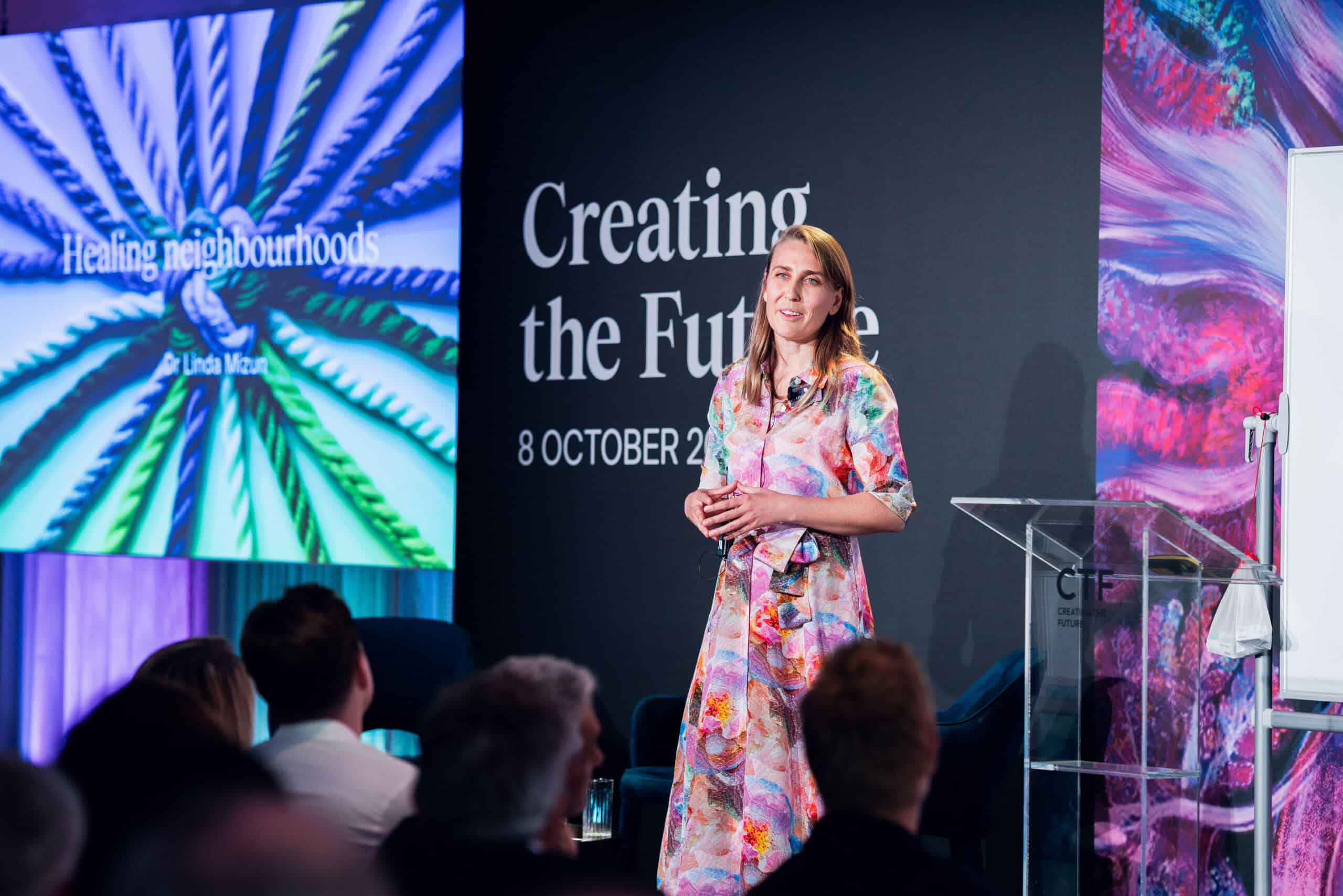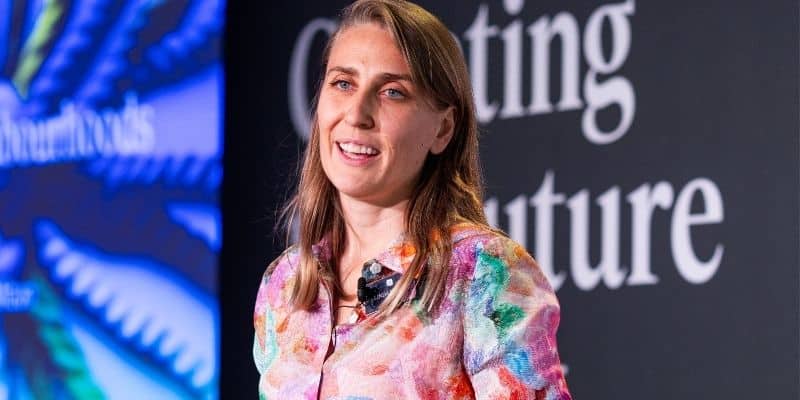
It’s easy, in the age of relentless headlines, to believe that the world is falling apart. But beneath the noise, something more enduring is taking shape: communities beginning to remember what it means to care for one another. Among these movements, Creating the Future, inspired by the vision of Weatherbys Private Bank, is quietly rewriting the story of public health. Its mission for 2026 is bold yet beautifully simple, to activate one hundred London neighbourhoods and help the city heal from the inside out.
The city that forgot to breathe
London has always been a paradox. A city of global ambition, yet often gasping for air. The statistics speak volumes. Over 4.5 million Londoners, roughly two-thirds of the population, have experienced poor mental health in the past six months. In boroughs like Tower Hamlets, anxiety and depression are recorded at nearly 17%, far above the national average. The price tag for that suffering? A staggering £7.5 billion in health and social care costs each year.
And mental health is only the beginning. Over 4.4 million people in the UK live with Type 2 diabetes, most of them in urban areas. The NHS spends up to £10 billion annually managing its effects, conditions overwhelmingly shaped by diet, stress, and social isolation. Cardiovascular disease affects over a million Londoners and costs the country £24 billion a year.
Even more quietly, another epidemic has crept in: loneliness. Despite living shoulder to shoulder, one in three Londoners say they often feel lonely, and 700,000 experience chronic loneliness, a sense of invisibility so persistent it changes the chemistry of the body.
Add to that 311,000 unemployed residents, 22 million sick days lost to ill health each year, and it becomes clear: the city is tired. Not just physically, but socially — exhausted from disconnection.
A new model for health
Creating the Future in 100 Neighbourhoods begins with a different question: what if healing didn’t start in hospitals, but in the places we live?
Each of the 100 neighbourhoods has been carefully chosen for its mix of challenge and potential, places where deprivation, cultural diversity, and community energy intersect. Here, hospitals and GPs will be able to refer directly into neighbourhood care, connecting patients not only to doctors, but to walking groups, peer coaching, and networks of neighbours who look out for one another.
This is the Neighbourhood Disease Reversal Protocol in action: a model that blends medical insight with community belonging. It’s an approach rooted in evidence, but powered by human connection. The initiative’s sustainability comes through the NAIBR Marketing Service, which reinvests local outreach budgets into measurable community health outcomes, making this not just a grant-funded project, but a self-sustaining ecosystem of wellbeing.
The map of renewal
Each region of London tells a story.
In East London, boroughs like Newham, Tower Hamlets, and Barking & Dagenham carry the highest chronic disease burden, dense populations, polluted air, and some of the most vibrant community networks in Britain.
North London , from Haringey to Brent, faces cardiovascular risk linked to stress and sedentary lifestyles, but also holds rich potential through community sports and cultural cohesion.
In South-East London, the challenge is inequality, food access, mental health, and poverty woven tightly together.
And in Outer West London, commuter culture fuels rising metabolic disease — a pattern now being challenged through local walking and strength programmes.
Across all of them, the aim is not just to reduce disease, but to reawaken a culture of care, one that belongs to everyone.
Measuring change that matters
Unlike many health initiatives that focus on outputs, this one focuses on outcomes — the evidence of genuine transformation.
Researchers will track improvements in mental wellbeing, reductions in anxiety and depression, and measurable gains in physical health, especially around Type 2 Diabetes and Heart Disease. They’ll follow participation rates in walking groups, lifestyle programmes, and health coaching sessions.
But the real markers of progress will be social: fewer people describing loneliness, more people reporting purpose, confidence, and belonging. Employment coaches embedded within neighbourhoods will help residents transition from long-term sick leave to meaningful work. Older adults will be supported to regain strength and mobility, measured through improved frailty and activity scores.
These are not abstract numbers , they’re stories of renewal, told street by street.
The Health of a City
London’s health crisis is not a failure of medicine. It’s a failure of connection. For decades, health has been treated as something that happens to people rather than with them. But healing, real healing has always been relational.
When people begin to care for themselves and one another, something extraordinary happens: hospital visits fall, confidence rises, and whole communities begin to repair themselves.
Creating the Future in 100 Neighbourhoods is not a project. It’s a movement.
A movement to prove that wellbeing is contagious. That when connection returns, health follows. And that the greatest cure London could ever invent may already exist in the neighbours we’ve yet to meet.
